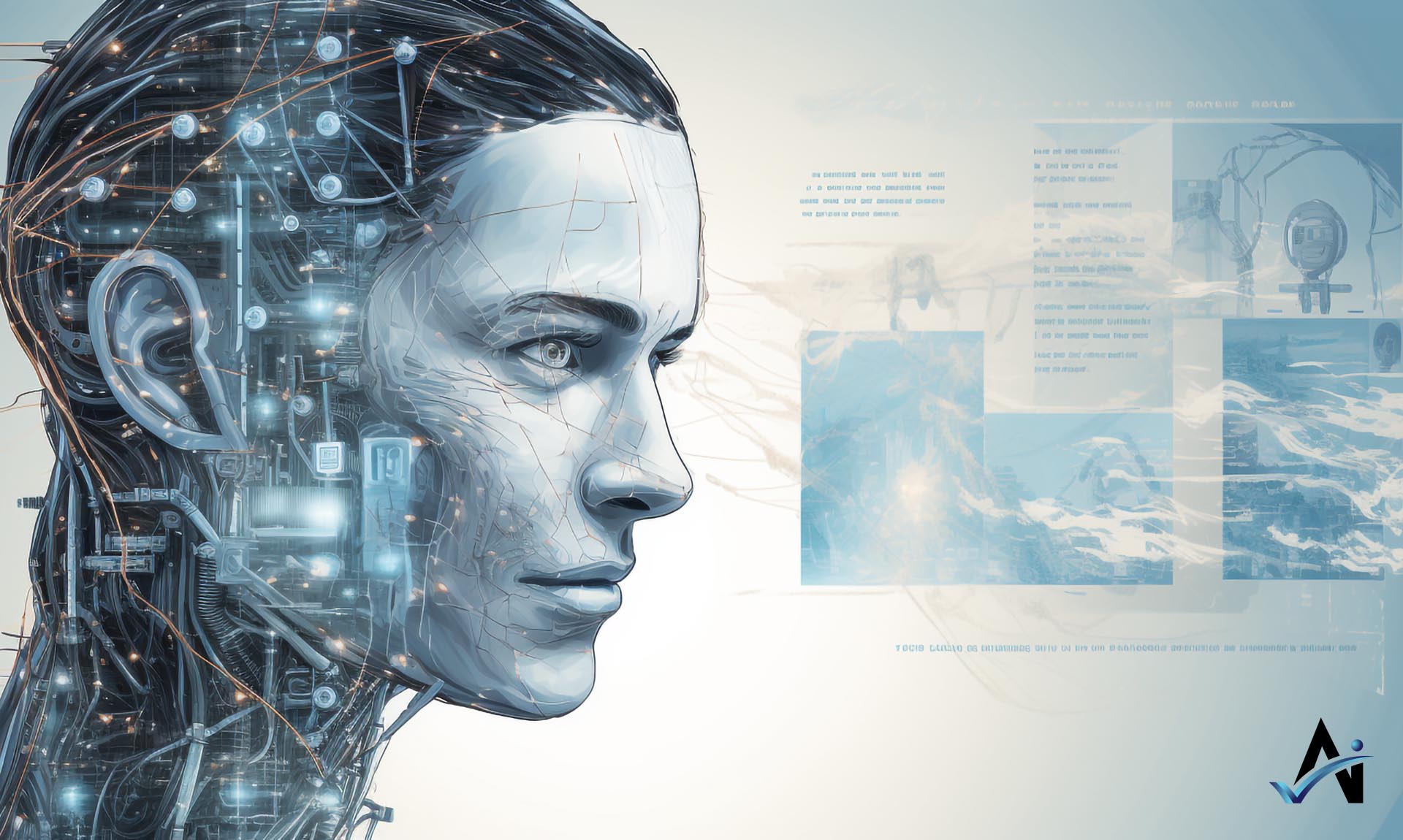The Great AI Hype: AI Is Not What You Think It Is
For decades we’ve been fed stories of AI robots, evil time-traveling terminators, and an AI computer system named HAL that has something against a guy named Dave. What you probably think Artificial Intelligence (AI) is, is actually called Artificial General Intelligence(AGI). But in 2023, AGI is still theoretical. AGI does not exist… yet. What we currently have is called narrow AI and mostly Machine Learning (ML).
A great example of AGI would be Robin Williams robotic character, Andrew, in Bicentennial Man. The software at AGI’s core, like the robotic Andrew’s software, will possess the ability to understand, learn, and apply knowledge in different domains, reason through problems, and perform any intellectual task that a human being can. Some proponents believe AGI might lead to machines possessing consciousness, emotions, or self-awareness, though this is a topic of debate and speculation.
In the evolving landscape of artificial intelligence, understanding the distinctions between AI, ML, and AGI is critical. While AI and ML are making significant impacts across industries today, AGI represents a future aspiration, promising capabilities beyond our current grasp but also posing unique challenges and ethical considerations. As technology continues to advance, it’s essential to approach these developments with both anticipation and informed caution.
The rapid progress in the field of Artificial Intelligence (AI) has inspired awe, instilled hope, and generated enormous economic potential. However, the same momentum has also given rise to inflated expectations, driven by a mix of genuine enthusiasm, market pressure, and, sometimes, intentional misrepresentation. A closer examination reveals that many touted AI “breakthroughs” are simply machine learning systems presented with a thick veneer of hype. Let’s delve into how and why this overhyping occurs.
The Semantics of AI and ML
Firstly, there’s a frequent conflation of the terms “AI” and “Machine Learning (ML)”. While ML is a subset of AI, not all AI systems employ ML techniques. Using “AI” as a catch-all term, especially when describing simpler ML models, can mislead audiences into expecting capabilities beyond a system’s actual potential.
The Media’s Role
Headlines claiming robots will soon replace human jobs or that AI understands human emotions create a buzz but often oversimplify the reality. Journalistic endeavors should ideally prioritize accuracy over sensationalism, ensuring that the audience understands the nuances and limitations of reported technologies.
Market Pressures and the “AI-wash”
Companies face increasing pressure to stay relevant in a rapidly evolving tech landscape. This has led to “AI-washing”, where products are labeled as “AI-driven” or “AI-powered” even when their underlying technologies are likely basic algorithms without any adaptive learning capabilities.
Overstating Generalization Abilities
A trained ML model that performs exceptionally well in a controlled environment might struggle in real-world scenarios if faced with unforeseen data or situations. However, marketing often highlights peak performance without emphasizing these limitations.
The Mirage of “Intelligence”
When people hear “AI”, they often think of human-like intelligence, consciousness, or reasoning abilities. However, most current systems are narrow AI, meaning they excel in specific tasks but don’t possess general problem-solving capabilities. Misrepresenting this can lead to unrealistic expectations of a system’s abilities.
Misunderstanding the Nature of Learning
Unlike humans, ML models don’t “learn” in the traditional sense. They adjust to data based on mathematical functions. Overhyping this can lead to misconceptions about a model’s ability to “understand” or “think” when, in fact, it’s operating based on patterns in the data it was trained on.
Setting the Right Expectations
If you are implementing an AI/ML solution help your company avoid the hype.
-
Clarify Objectives: Before implementing an AI/ML solution, clearly define the problem you’re trying to solve. Not every problem requires an AI-based solution.
-
Stay Updated: The field of AI/ML is rapidly evolving. Regularly updating oneself on the latest advancements can help set and adjust expectations.
-
Seek Expertise: Consulting with AI/ML experts can provide insights into what’s realistically achievable and what’s still in the realm of science fiction.
While AI and ML undoubtedly hold transformative potential, the journey to realizing this potential requires honesty, patience, and transparent communication. Overselling advancements not only sets unrealistic expectations but can also lead to misplaced investments, disillusionment, and missed opportunities. A balanced, informed perspective ensures that we can harness the benefits of AI and ML without succumbing to the pitfalls of hype.
latest video
Get Our Newsletter
Never miss an insight!






